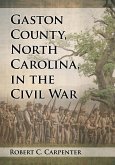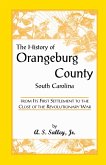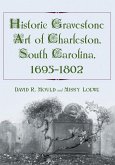Of America's thirteen original colonies, North Carolina was one of the most rural, its urban population miniscule and its maritime commerce severely limited--except in the town of Wilmington. Prior to the Civil War, the coastal town was North Carolina's largest urban area and principal seaport, with shipping as the mainstay of the local economy. Wilmington indeed was a singular place in colonial and antebellum North Carolina. This book presents the history of Wilmington from its founding and development to the eve of the Civil War. Part I traces Wilmington's history from the incorporation of the town in 1739-40 to 1789, when North Carolina joined the newly formed United States of America. This section focuses on the confused and disputed origins of Wilmington, life in a colonial urban setting, the growing importance of the port, and town governance. Part II expands upon the preceding topics for the years 1789 to 1861. It also examines the economic development of the port, the wide variety of social activities, the growth of the African American population, and Wilmington's role in state and national politics.
Hinweis: Dieser Artikel kann nur an eine deutsche Lieferadresse ausgeliefert werden.
Hinweis: Dieser Artikel kann nur an eine deutsche Lieferadresse ausgeliefert werden.








